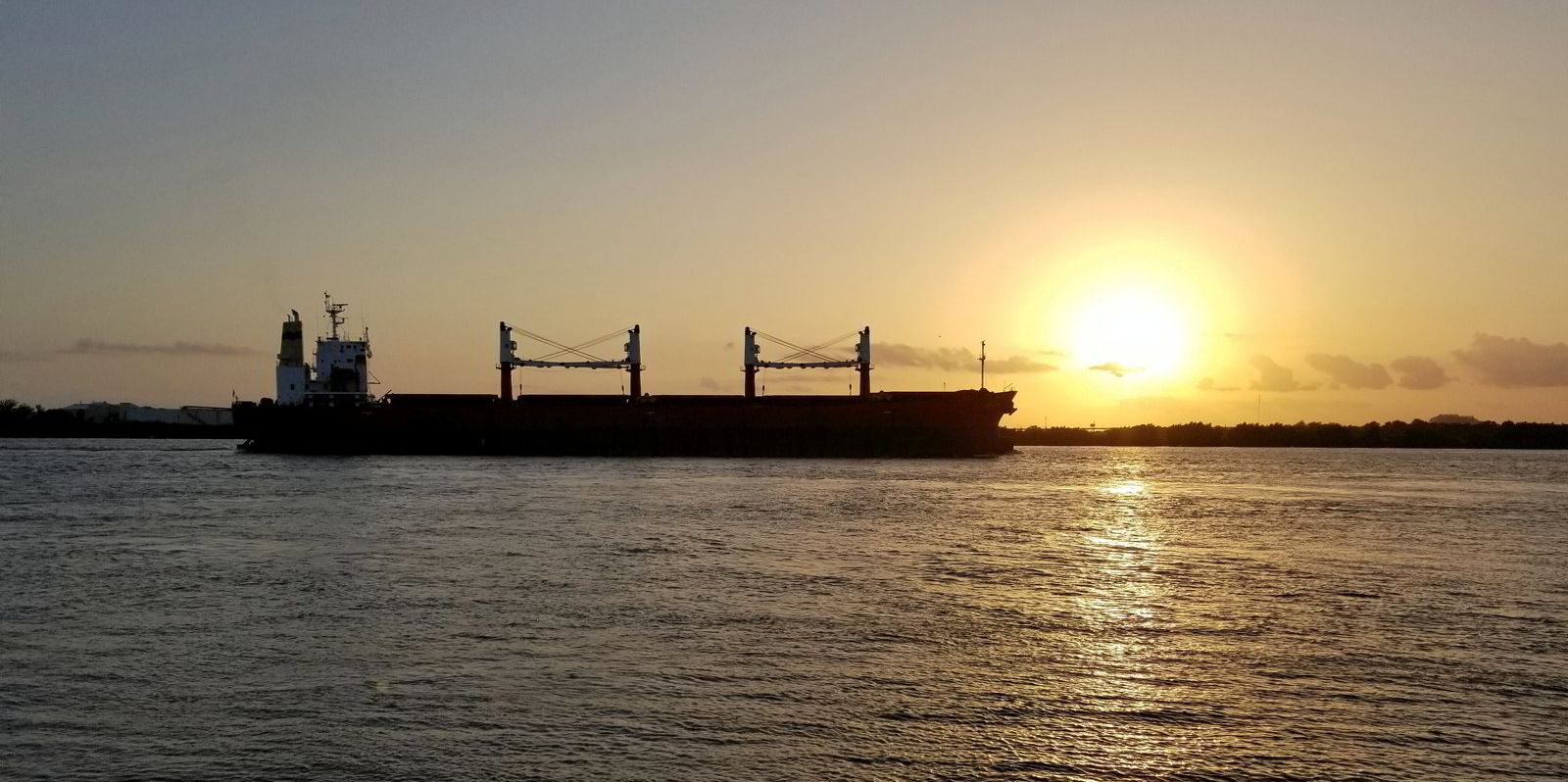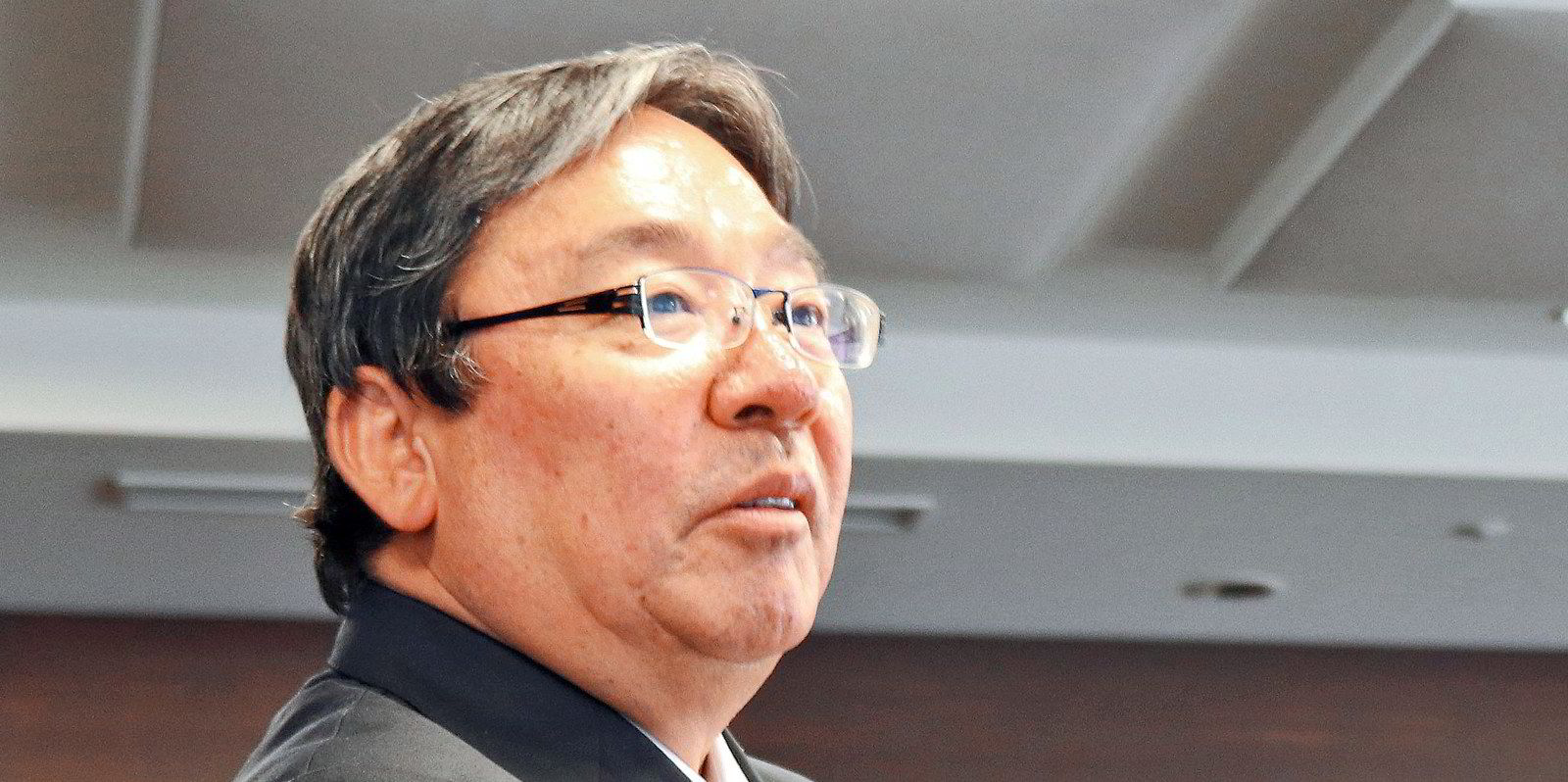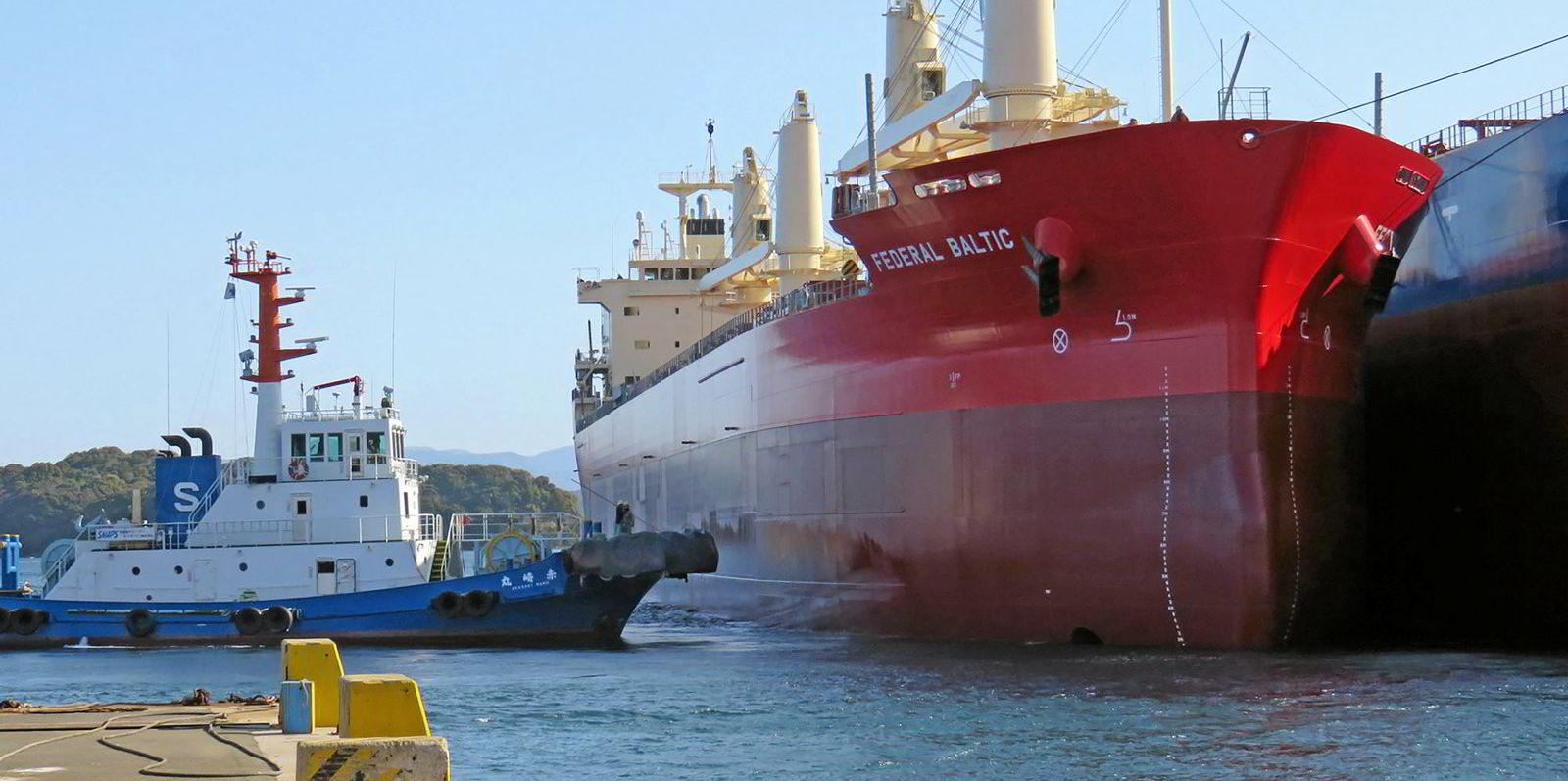This time last year, many bulker owners were looking optimistically towards 2020 as a year that would see the sector mount an upswing.
That is not what they got.
Although the spot market was more buoyant in the second half, it was not enough to make up for the dismal opening quarter of 2020, as Covid-19 raged in China — a dry bulk demand driver — and became a global pandemic.
Data from Clarksons and the Baltic Exchange shows that average spot earnings in 2020 were the worst they have been for at least five years across all main bulker segments.
On 24 December, the Baltic Exchange reported the year's last assessment of the Baltic Dry Index — the benchmark spot indicator for the bulker business — at 1,366 points, up from 1,090 at the same time in 2019.
This came as the component Baltic Capesize Index reached 2,006 points, which was the highest year-end level in seven years, noted Breakwave Advisors, the financial firm behind the Breakwave Dry Bulk Shipping ETF.
However, the BDI averaged just 1,066 points for 2020, down 21% from 2020's average and the lowest level since the indexed averaged 673 points in 2016.
Behind that slump was a broad-based decline in earnings for the sector.
Clarksons data shows that capesize earnings have averaged just under $10,700 per day so far in 2020, which is a 31% plunge from the prior year.
'Not that bad'
Capesize rates were "not that bad" in 2020 despite Covid-19 disruption, Breakwave Advisors founder John Kartsonas said.
"Obviously, the first quarter was a tough quarter, given the pandemic started in China," he told TradeWinds.
"That is the main demand centre for dry bulk shipping, but given that China recovered fairly rapidly and was back in business by the second quarter, dry bulk shipping remained quite resilient for the year."
China's rekindled demand for dry bulk shipping was offset, however, by other regions such as India, Europe and rest of Asia taking in less dry commodities amid the pandemic, he said.
The first half of the year should see more 'normal' rates versus the last two years that were full of extraordinary events such as the Brazil dam rapture and Covid-19.
John Kartsonas
The story was much the same for panamax spot rates in 2020, although the freight rate decline was less pronounced. The sector, which includes kamsarmaxes, saw average rates dip 20% to just over $10,400 per day, Clarksons data shows.
Supramax time-charter equivalent spot rates across 10 benchmark routes averaged at just $8,190 per day for 2020, which is a decline from nearly $9,950 according to a Clarksons calculation based on Baltic Exchange data.
Rate assessments for key route baskets in the handysize sector showed similar trends.
In all sectors, the year's average rates are at their lowest level since 2016.
Futures are pointing to a modestly better 2021.
The Baltic Exchange's forward assessment for the BDI shows that predictions are for the index to average 1,189 points in 2021 — a nearly 12% boost — according to a TradeWinds analysis of the data.
The first quarter of the year, at least, is expected to not be dismal. In the opening three months of 2021, the BDI hit negative numbers and averaged just 93 points.
Kartsonas said 2021 is shaping up to be better for the dry bulk sector, barring unexpected events.
"But the first half of the year should see more 'normal' rates versus the last two years that were full of extraordinary events such as the Brazil dam rapture and Covid-19," he said.
"That by itself should help averages outperform 2020."
Brazil will once again be the sector's main focus, Vale being the driving force behind the country’s iron-ore exports, Kartsonas said.
"The company once again is guiding towards significant export growth, but it remains to be seen how much of such growth will actually materialise," he said.
But dry bulk shipping should benefit from relatively low deliveries that are expected to keep supply growth below 2% for the whole year.
Meanwhile, demand from other regions outside of China should also pick up as vaccines are rolled out and their economies recover amid robust economic stimulus packages, he added.
"All in all, supply and demand should tighten and that means higher rates, on average," Kartsonas said.
"With futures pricing basically a similar to 2020 year, it seems the risk-reward balance for 2021 is tilted towards being more constructive rather than cautious for sector."





